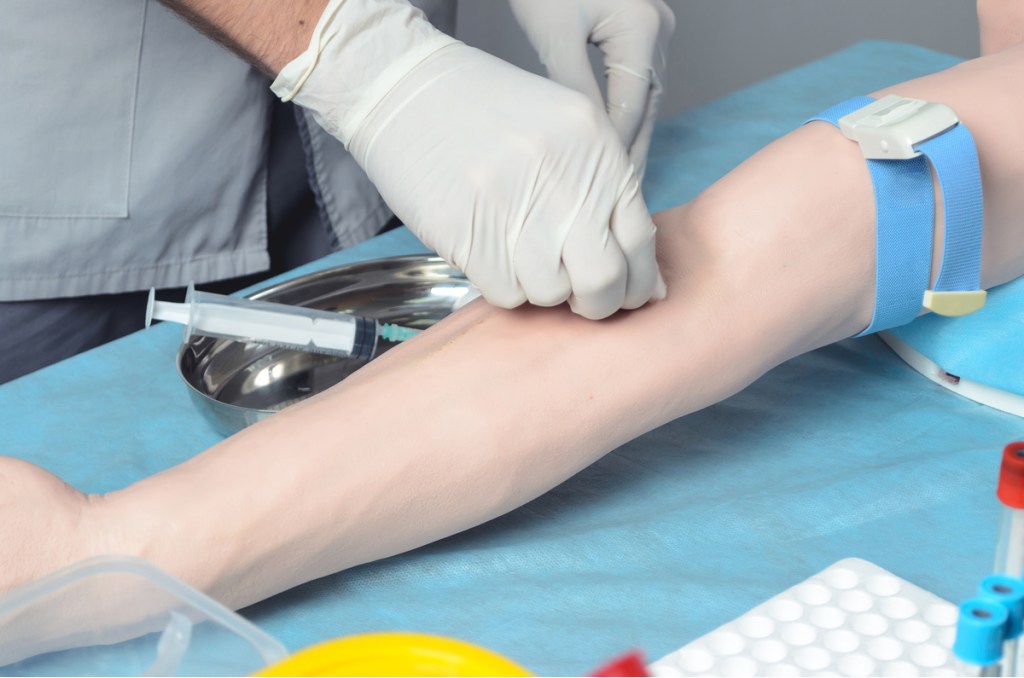Blood
Opinion: New blood donor guidelines a step closer to inclusivity; policy changes remain to consider
Last week the American Red Cross announced that there is a new blood donor screening process in effect. Ultimately men who have sex with men (MSM) are now eligible to donate blood without restrictions.
This update follows the FDA’s decision in May to change their donation guidelines. The new legislation made important changes to the policy for gay and bisexual men, who had been barred from donating entirely for the past 40 years.
Most notably gay and bisexual men in monogamous relationships can now donate blood in the U.S. without having to abstain from sex for the three months prior to their blood donation. Those non-monogamous individuals must still wait three months between a new sexual interaction and/or anal sex and donating blood.
But really the most profound change and biggest win for the LGBTQ+ community is that during the screening process, all donors, regardless of gender or sexual orientation, will be evaluated for donation eligibility based on individual risk factors. Heterosexuals, too, may engage in certain activities that are deemed risky and therefore every potential donor needs to be asked the same questions.
As a treater of the gay and bisexual community, I have witnessed my patients feel stigmatized and discriminated against, throughout the years, due to this policy. The policy itself was necessary during the early days of HIV/AIDS but became antiquated with the advent of PrEP. The fact is heterosexuals engage in the same kind of intercourse as gay and bisexual men and are at the same or higher risk for HIV infection for a variety of reasons.
This policy was in major need of reconsideration and updating. I have already heard from several patients saying they greatly welcome this change in donation policy, making it broader to encompass everybody.
While these new guidelines have much to praise, the change itself is not wholly perfect. The policy now requires all those on Pre-Exposure Prophylaxis (PrEP) medication for HIV prevention to wait three months after an oral dose and two years after an injection to donate. PrEP reduces the risk of getting HIV from sex by over 99% when taken as prescribed.
Meanwhile, an HIV viral load test, known as an HIV-1 RNA PCR test, can detect HIV in as little as 48 hours after exposure. The cost of this test has dropped drastically from the early days when it became available in 1994, however asking the Red Cross to run this test would greatly add to the cost of donating a unit of blood. Strong consideration should be given to allowing all potential donors to have this test drawn and paid for by insurance immediately prior to the actual donation to show evidence that they are HIV-negative.
With the addition of the HIV viral load test to the donor screening process, the long wait for individuals on PrEP would be eliminated and help to create a more fully inclusive process thereby further increasing the much-needed blood supply throughout the United States.
Dr. Gary Blick is the founder of Health Care Advocates International in Stratford, Conn. He is a General & LGBTQ+ Healthcare and HIV Specialist.

